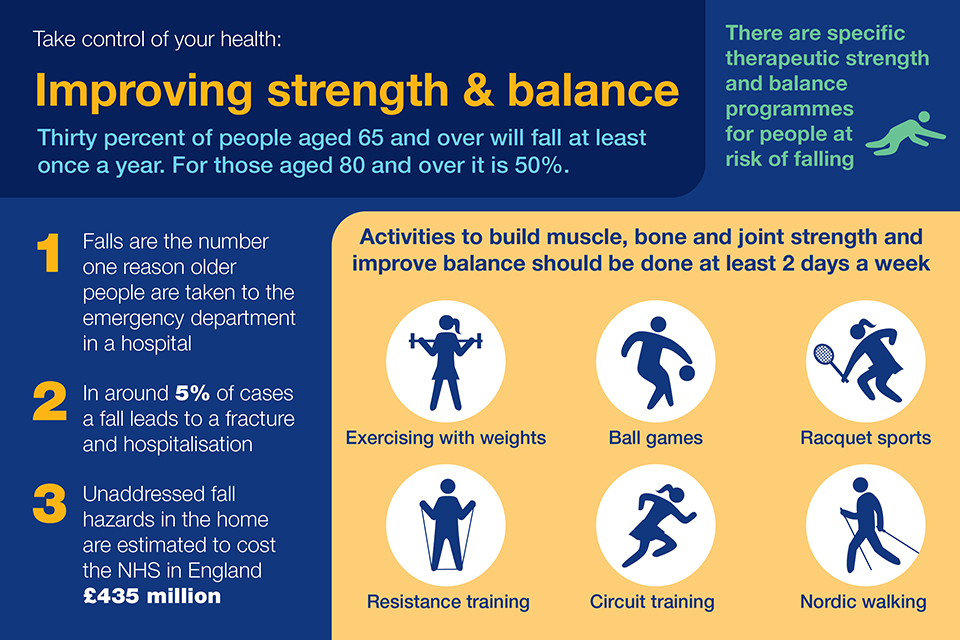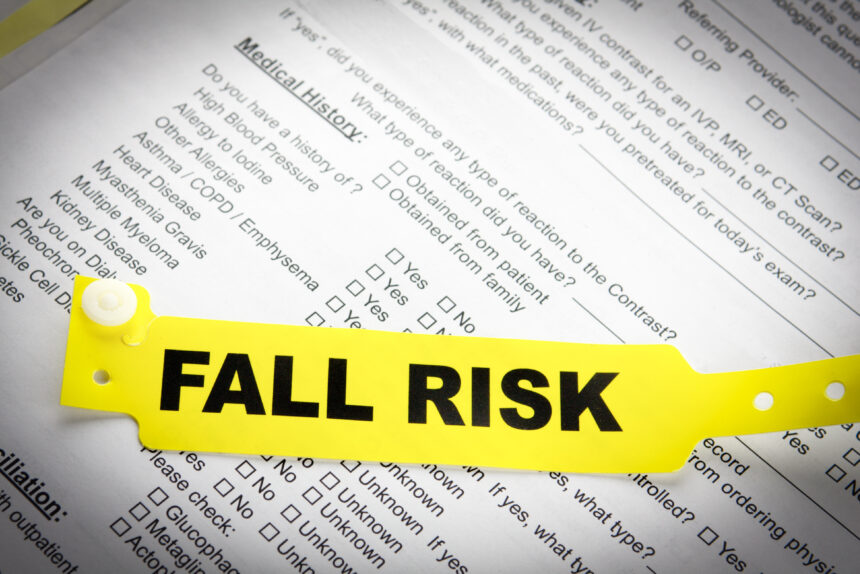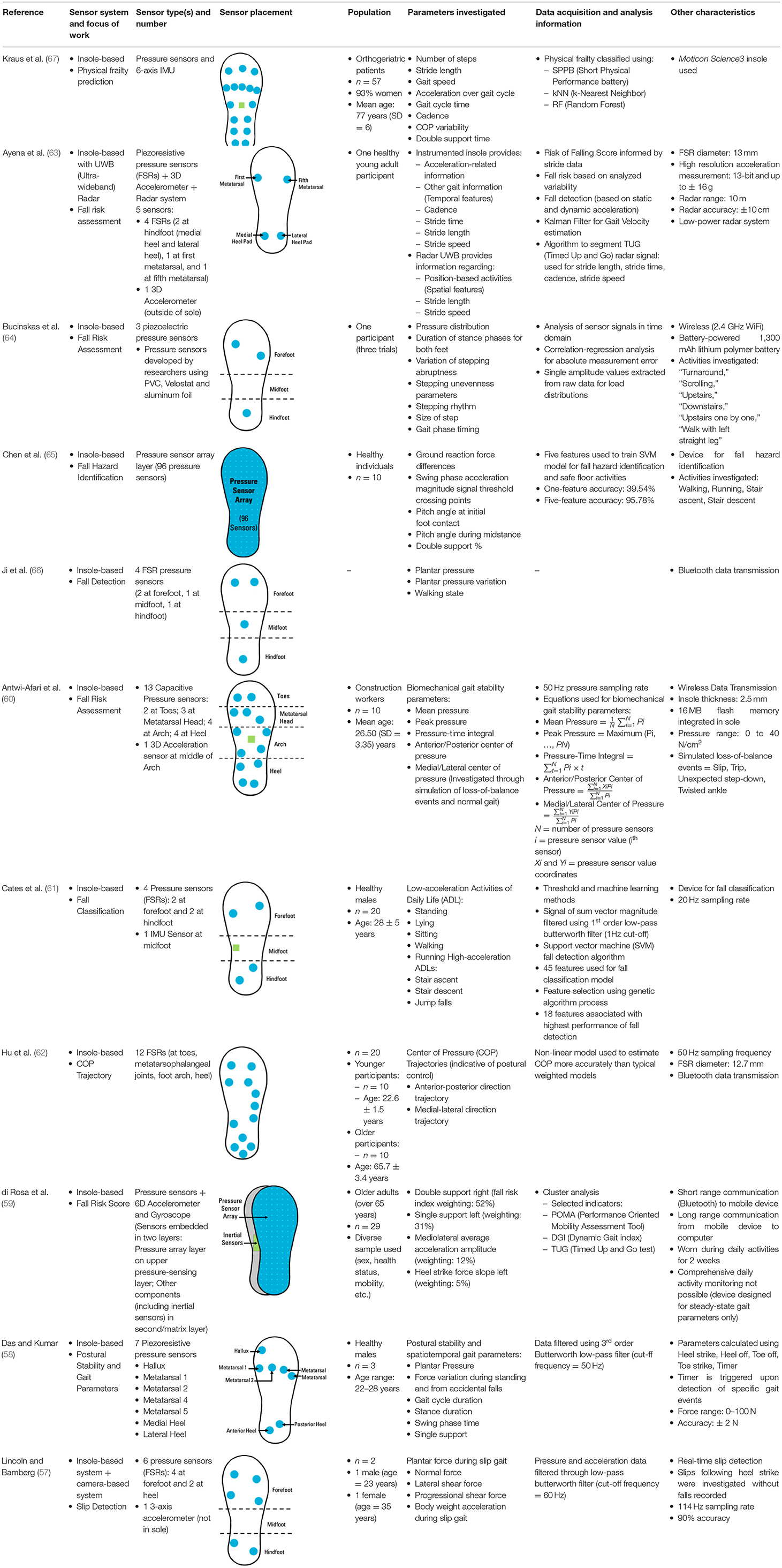The Ultimate Guide To Dementia Fall Risk
The Ultimate Guide To Dementia Fall Risk
Blog Article
The Ultimate Guide To Dementia Fall Risk
Table of ContentsThe Only Guide to Dementia Fall RiskThe Basic Principles Of Dementia Fall Risk What Does Dementia Fall Risk Mean?How Dementia Fall Risk can Save You Time, Stress, and Money.More About Dementia Fall Risk
The FRAT has 3 areas: fall threat status, threat aspect checklist, and action plan. A Fall Danger Standing consists of information about background of recent falls, drugs, psychological and cognitive standing of the client - Dementia Fall Risk.If the individual scores on a danger variable, the corresponding variety of factors are counted to the patient's loss danger score in package to the much right. If a patient's loss risk rating amounts to five or greater, the individual goes to high risk for falls. If the individual scores only 4 factors or reduced, they are still at some risk of falling, and the nurse ought to utilize their best clinical evaluation to manage all fall risk aspects as component of an alternative treatment strategy.
These common techniques, in basic, aid develop a safe setting that lowers accidental drops and defines core precautionary actions for all people. Indications are essential for people at danger for falls. Healthcare carriers require to recognize that has the problem, for they are responsible for implementing actions to promote individual safety and protect against drops.
Some Known Incorrect Statements About Dementia Fall Risk
Wristbands need to include the client's last and initial name, date of birth, and NHS number in the UK. Only red color should be made use of to signal special person status.
Items that are also far might require the patient to connect or ambulate unnecessarily and can potentially be a danger or add to drops. Helps avoid the client from heading out of bed without any kind of support. Registered nurses react to fallers' call lights faster than they do to lights launched by non-fallers.
Visual disability can significantly create falls. Maintaining the beds closer to the floor minimizes the risk of falls and serious injury. Positioning the mattress on the floor substantially lowers fall danger in some medical care settings.
The Greatest Guide To Dementia Fall Risk
Individuals that are tall and with weak leg muscle mass that attempt to rest on the bed from a standing placement are likely to drop onto the bed because it's too reduced for them to lower themselves safely. Likewise, if a tall patient efforts to get up from a reduced bed without assistance, the person is most likely to drop back down onto the bed or miss the bed and drop onto the floor.
They're developed to promote prompt rescue, not to prevent drops from bed. Apart from bed alarm systems, enhanced guidance for risky people additionally may help prevent falls.

Patients with an evasion gait boost fall chances dramatically. To decrease fall danger, footwear should be with a little to no heel, slim soles with slip-resistant tread, and support the ankle joints. Suggest patient to make use of nonskid socks to avoid the feet from gliding upon standing. Urge individuals to use proper, well-fitting shoesnot nonskid socks for ambulation.
Getting The Dementia Fall Risk To Work
In a research study, homes with adequate lighting record less falls (Ramulu et al., 2021). Enhancement in lights at home might decrease autumn rates in older grownups.

Sitters are reliable for assuring a safe, safeguarded, and risk-free setting. Nevertheless, studies showed very low-certainty proof that sitters decrease loss risk in acute care hospitals and just moderate-certainty that choices like video tracking can decrease sitter usage without enhancing autumn danger, suggesting that caretakers are not as beneficial as originally thought (Greely et al., 2020).
The Best Strategy To Use For Dementia Fall Risk

Enhanced physical fitness decreases the threat for falls and restricts injury that is received when fall takes place. Land and water-based exercise programs may be in a similar way advantageous on balance and gait and thus minimize the risk for drops. Water exercise might add a positive advantage on balance and stride for women 65 years and older.
Chair Increase Workout is an easy sit-to-stand workout Related Site that helps enhance the muscles in the upper legs and buttocks and improves movement and freedom. The objective is to do Chair Surge exercises without utilizing hands as the customer ends up being more powerful. See sources area for an in-depth guideline on exactly how to execute Chair Rise workout.
Report this page